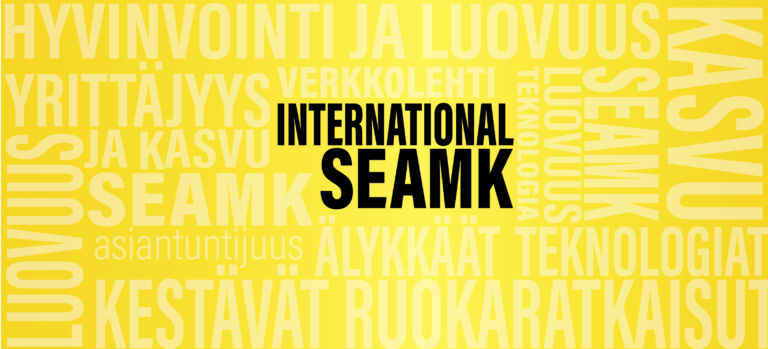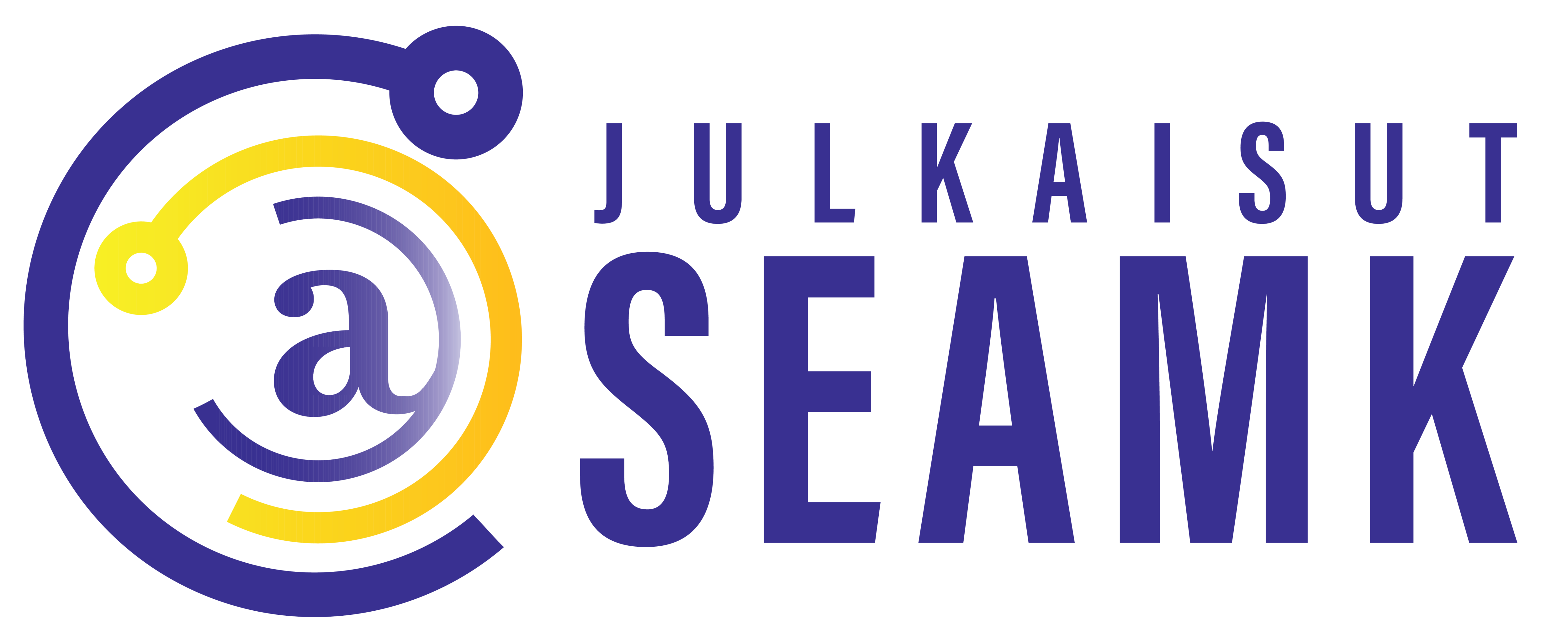Ecosystem concepts in the context of immigration, social inclusion and settlement

Artikkeli suomeksi: Ekosysteemit maahanmuuton ja kotoutumisen kontekstissa
This article is a parallel piece to the series The both sides of the immigration, social inclusion and settlement ecosystems. In these articles, I examine the perspectives necessary for a successful immigration and settlement ecosystems, highlighting ways to practically support these ecosystems on both sides – producers and users alike – while considering broader social objectives.
The ecosystem concept has evolved beyond its origins in the natural sciences and business to include a widening array of fields, such as research, development and innovation activities, sustainability, and immigration. Here, I explore perspectives on immigration, social inclusion and settlement and consider how ecosystem thinking can be applied in these contexts.
General Ecosystem Perspectives in Immigration and Settlement
- An ecosystem perspective emphasises that immigration and settlement cannot be viewed solely through the actions of individual stakeholders or processes; broader networks and their sustainability must be considered.
- Additionally, it raises the question of how communities can develop sustainable practices, where newcomers can engage as active members and more meaningfully connect to their new environment.
In general, ecosystem thinking seeks to support the development of social structures and models that better respond to the complex needs of immigration, social inclusion and settlement. This approach offers an interesting framework to help understand how different actors can create sustainable, community-oriented support for immigrants throughout both the settlement and immigration processes.
The Immigration Ecosystem
The immigration ecosystem encompasses the broad process of people relocating to a new country, addressing the many factors that affect the success of immigration. Key elements might include:
- Immigration policy and regulations, such as residency permits, work permit processes, and asylum applications.
- Immediate services for newcomers upon arrival, such as settlement guidance.
- Management of immigration at national and regional levels, where collaboration between the state, municipalities, authorities, and organisations is essential.
- Short-term services that ease the initial phase of entry and enable a smooth transition into society.
The immigration ecosystem focuses on the effectiveness of processes and structures that facilitate people’s arrival in a new country and their initial settling-in period. At the local level, it is worth asking how local service providers and various sectors are organised to form an immigration-supportive ecosystem. What factors either facilitate or complicate moving to and settling in South Ostrobothnia?
The Settlement Ecosystem (Ecosystem of Social Inclusion)
The settlement ecosystem focuses on how immigrants become part of a new society over the long term. This ecosystem includes services and support mechanisms that promote engagement, settlement, adaptation to a new life context, and social cohesion. Its elements include:
- Education and language services, as well as efforts to promote linguistic and cultural awareness among local actors.
- Support for employment, training, and housing, including language and culture training.
- Social services, healthcare, and community organisations that help newcomers understand local culture and daily life.
- Long-term support on both individual and community levels, such as networking opportunities and opportunities for social participation.
- Social life, covering life phases, friends, communities, places, and opportunities to connect with people and contribute to the local society.
- Environmental and intangible factors that either support or inhibit settlement.
The settlement ecosystem requires close cooperation among various actors, such as municipalities, organisations, employers, and immigrant communities. It also includes intangible “services” that ultimately influence people’s attachment to a place and contribute to lasting settlement.
Ecosystems of Settlement and Social Inclusion
The Canadian approach to immigration and social inclusion avoids using the term “integration,” as this could imply that newcomers must adapt themselves to fit into pre-existing structures. Instead, Canadian policy uses terms such as “settlement” and “social inclusion,” emphasising an interactive and adaptive process. I, too, prefer such language, as it reflects the goal of fostering communities where newcomers can retain their identity while contributing to society (Türegün et al., 2019). An inclusive approach acknowledges the equal worth of all people, regardless of background.
Canada’s “settlement ecosystem” highlights services that support new residents in various ways, such as employment, language skills, and community participation. The aim is to build “welcoming communities” where both newcomers and local residents participate in adaptation, fostering a sense of belonging. This ecosystem involves employment services, cultural and social orientation, as well as health and social services, and operates as a continuum that recognises the long-term support needs in the settlement process. (Türegün et al., 2019.)
Individual Attachment from the Perspective of Ecosystem Thinking
In ecosystem thinking, settlement and attachment to a place are seen as multidimensional processes involving the interactions between environment, community, and social networks.
In the settlement ecosystem, attachment to place can mean that people feel they are part of the surrounding community and benefit from its material and immaterial ecosystem services, such as feelings of security, clean air, and cultural interaction. Migration studies generally suggest that attachment to place helps create a “utility of place,” reinforcing commitment to a new living environment and supporting settlement over time. (Adams & Adger, 2013.)
Structural Factors in Communities
A study by Negi et al. (2018) provides a perspective in which new immigrant communities settle in cities lacking established support networks in their language or culture. Social services play an especially crucial role in settlement and social inclusion in such environments. Successful settlement in new residential areas depends on social services’ ability to compensate for the lack of informal support networks. This research underscores the ecosystem perspective’s relevance, illustrating that settlement is not an individual process but interconnected with the structural opportunities provided by the environment and services.
Conclusion
Thus, the ecosystem perspective has been somewhat applied in scientific research on immigration and settlement, though it remains a relatively new approach. It is particularly useful in studying services, governance, and collaborative networks. Research in this field often aims to understand how various actors—such as the public sector, organisations, businesses, and communities—can collaboratively build effective structures that support immigrant settlement, social inclusion, and long-term attachment, such as here in South Ostrobothnia.
These concepts are complex, and this article does not provide an exhaustive analysis, but it may help to examine the phenomenon from new perspectives.
Maiju Kinossalo
Expert, Researcher, International Education Services
SeAMK
Kinossalo works at SeAMK as an inclusion and integration specialist and is pursuing a doctoral dissertation in educational sciences. Her research focuses on narrative identity construction, practices that promote integration and inclusion, and the development of multilingual literacy. Kinossalo is a developer of projects promoting inclusion.
The ecosystem of service pathways, the other “side” of the ecosystem, has been studied within the SENSE network, where regional actors convene to discuss development ideas, tools, and actions. The SENSE (Sense of Belonging, Sense of Seinäjoki, and Sense of South Ostrobothnia) network aims to strengthen these connections across the region.
For further information: maiju.kinossalo@seamk.fi
References
Adams, H. & Adger, W. N. (2013). The contribution of ecosystem services to place utility as a determinant of migration decision-making. Environmental Research Letters, Volume 8, Number 1. Saatavilla: https://iopscience.iop.org/article/10.1088/1748-9326/8/1/015006/meta#erl444777s4
Negi NJ, Maskell E, Goodman M, Hooper J, Roberts J. (2018). Providing social services in a new immigrant settlement city: A qualitative inquiry. Am J Orthopsychiatry. 88(1):16-25. doi: 10.1037/ort0000276. Epub 2017 Jun 15. PMID: 28617001; PMCID: PMC5732090.
Türegün, A., Bhuyan, R., Mandell, N. & Shields, J. (2019). The Immigrant Settlement Ecosystem in Canada: An Ontario Case Study Primary Research Report. IWYS Primary Research composite reportSaatavlilla: https://ocasi.org/sites/default/files/iwys-primary-research-composite-final-report.pdf
